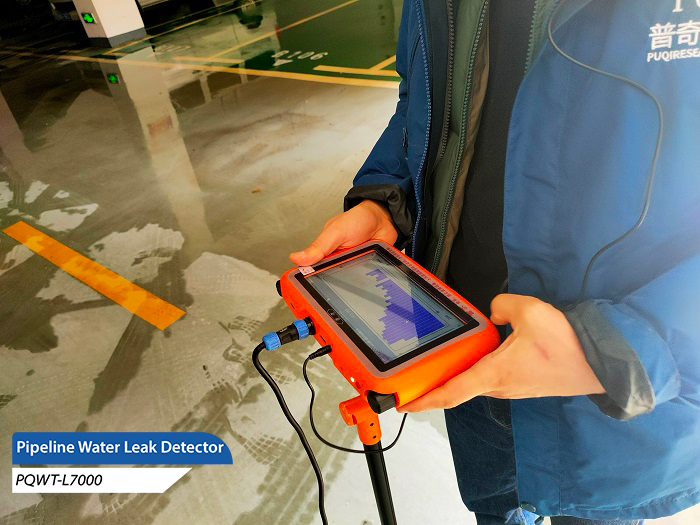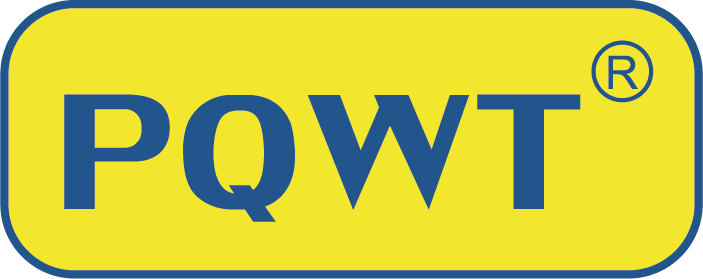Heating concealed pipe duct leak detection is an important part of ensuring that your home or building's heating system is functioning properly. Leaks can be difficult to detect when the pipes are old or damaged, but fortunately, there are now a variety of tools and methods available for detecting concealed pipe duct leaks. Here are a few commonly used tools for detecting leaks in heating concealed pipe ducts and how they are used:

I. Perforator
A hole punch is a useful tool when the exact location of the pipe leak is unknown. Above the suspected leakage area, use a perforator to make a vertical hole to about 1.5 meters underground. If water is found to be seeping out, then this area may be the leak.
Second, listen to the leak stick (listening rod)
The listening rod is a tool similar to a stethoscope, which utilizes the principle of conduction to amplify and locate the sound of water leakage in the pipeline. The technician holds the spherical portion of the listening rod close to the surface of the pipe and receives the sound from the rod by ear. Experienced technicians can determine the location of the leak and the extent of the leak based on the frequency and volume of the sound they hear.
The pipeline leak detector is an electronic device specialized in detecting pipeline leaks. It locates leaks by capturing and analyzing the noise generated by the impact of water in the pipeline. The detector's sensor is placed on the ground above or near the pipeline to pinpoint the source of the leak.
Method of use:
1. Determine the detection area: First, determine the area to be detected based on possible signs of leakage (e.g. wet ground, odor, etc.).
2. Prepare tools: Choose the appropriate detection tool according to the specific situation, such as a hole punch, listening to the leak stick or pipeline leak detector.
3. Perform the test: Follow the instructions for the tool. For example, use a hole punch to punch holes in the suspect area, use a listening stick to get close to the surface of the pipe to hear the sound, or use a pipeline leak detector to scan the ground above the pipe.
4. Locate the leak: Based on the test results, determine the exact location of the leak. With a pipeline leak detector, there is usually a clear signal indicating the location of the leak source.
5. Repair the leak: Once the leak has been located, appropriate measures can be taken to repair it, such as replacing the damaged section of pipe or sealing it.
By using a combination of these professional inspection tools and methods, leaks in heated concealed piping can be found more quickly and accurately, thus ensuring the proper functioning of the heating system. If you have any questions or need help with the inspection process, we recommend consulting a professional plumbing repairman.








